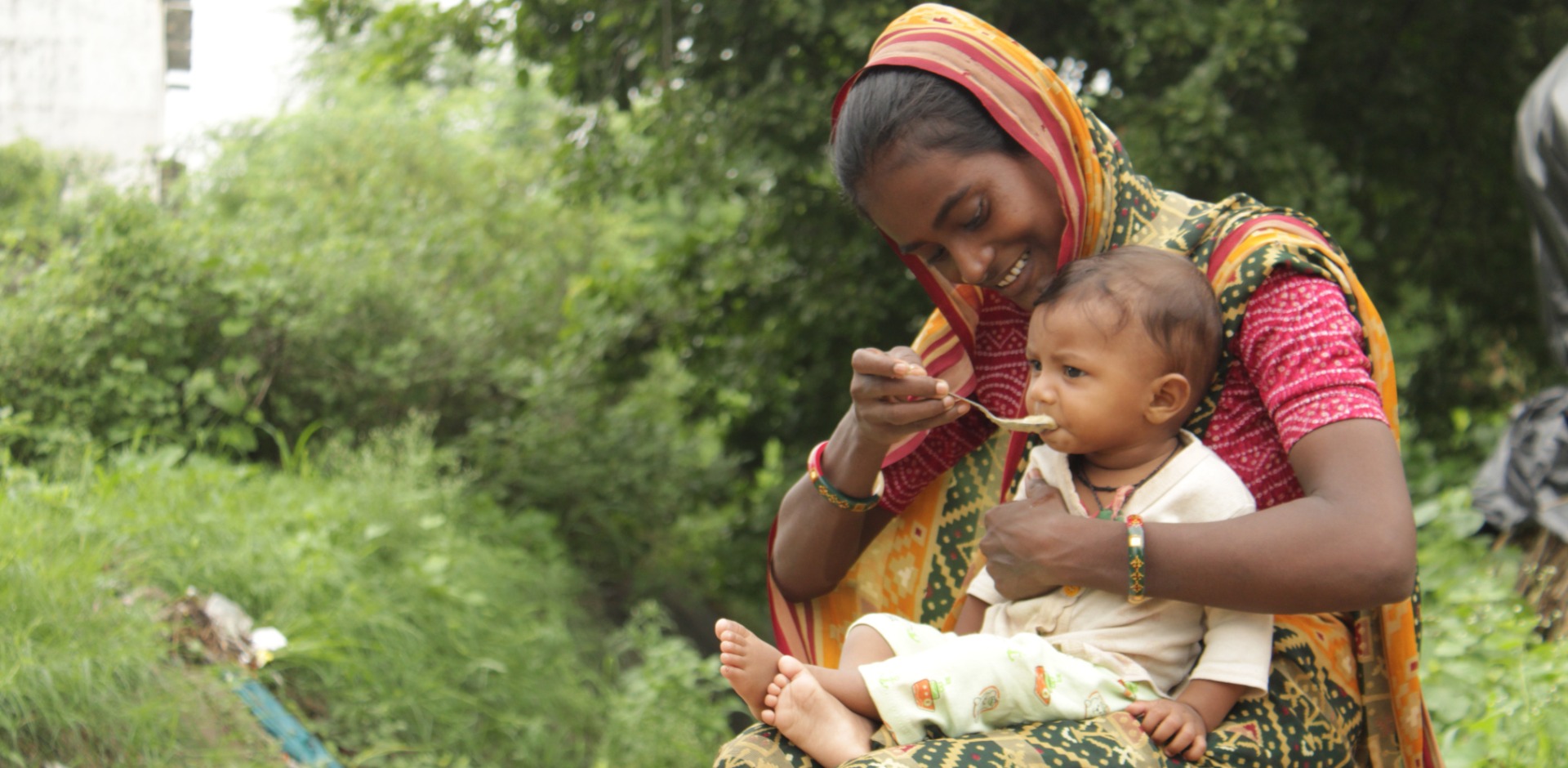
This Holiday Season, Give the Gift of Hope

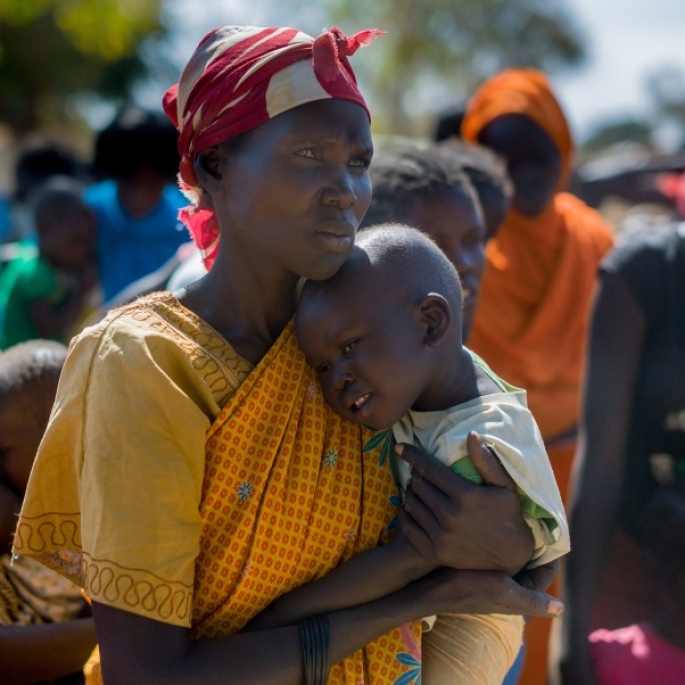
Hunger is fundamentally about power. People with power determine who eats and who goes hungry, who lives and who dies. When the world is unequal, access to nutritious food is not the same, and those marginalized within a community – such as women, displaced people and refugees, and those with disabilities – are more likely to face barriers to essential services, jobs, income, and resources. This inequality causes hunger, especially chronic hunger, which in turn deepens inequity.
More than enough food is produced to feed everyone on the planet. Yet, after steadily declining for a decade, world hunger is on the rise.
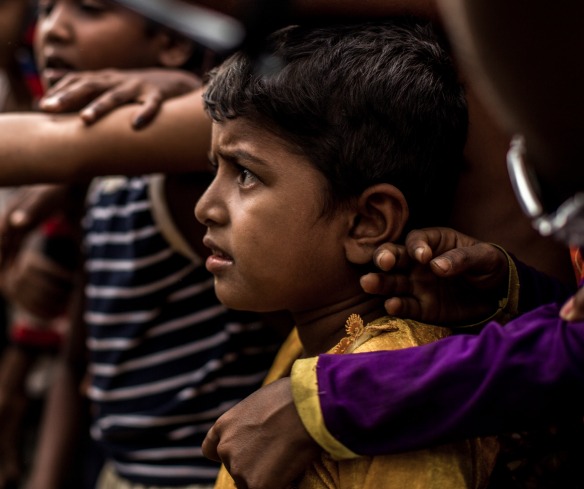
Number of People Cannot Afford a Healthy Diet

More Women Than Men Were Hungry in 2021

Of the World’s Population is Estimated To Be Undernourished in 2030
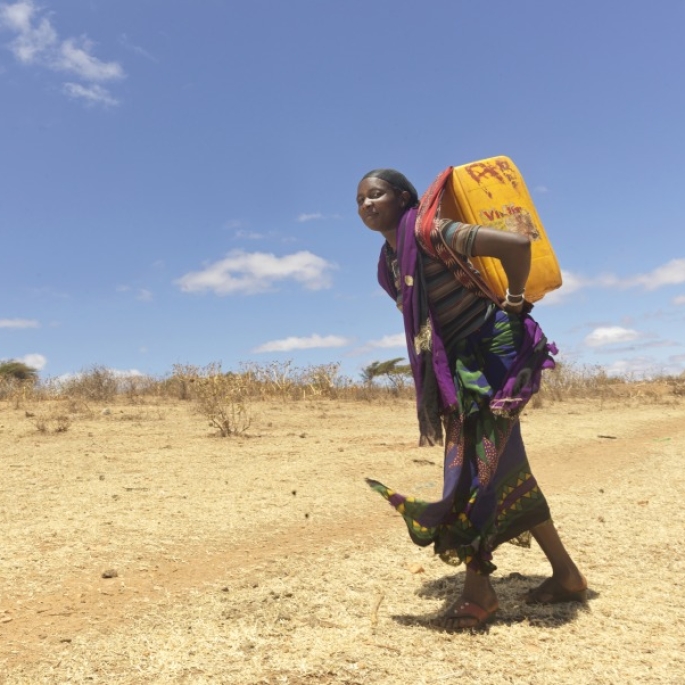
The top drivers of hunger – conflict, climate change, and inequity – also hit women hardest. In many places, women eat least and last, despite the fact that 90% of the time, they are responsible for preparing and purchasing food for their families. Recent data revealed that 150 million more women than men were hungry in 2021, with the largest differences found in Latin America, Asia, and the Caribbean. At the same time, women are our most powerful allies in the fight against hunger.

More than 3 billion people in the world are unable to afford the average cost of an inexpensive healthy diet. In both wealthy and poor countries, having a low disposable income when nutritious food is costly can have serious impacts. Eating low quality foods can lead to malnutrition, micronutrient deficiencies, and other health problems. If rising food costs are not matched by job opportunities with rising income, more people are at risk of hunger.
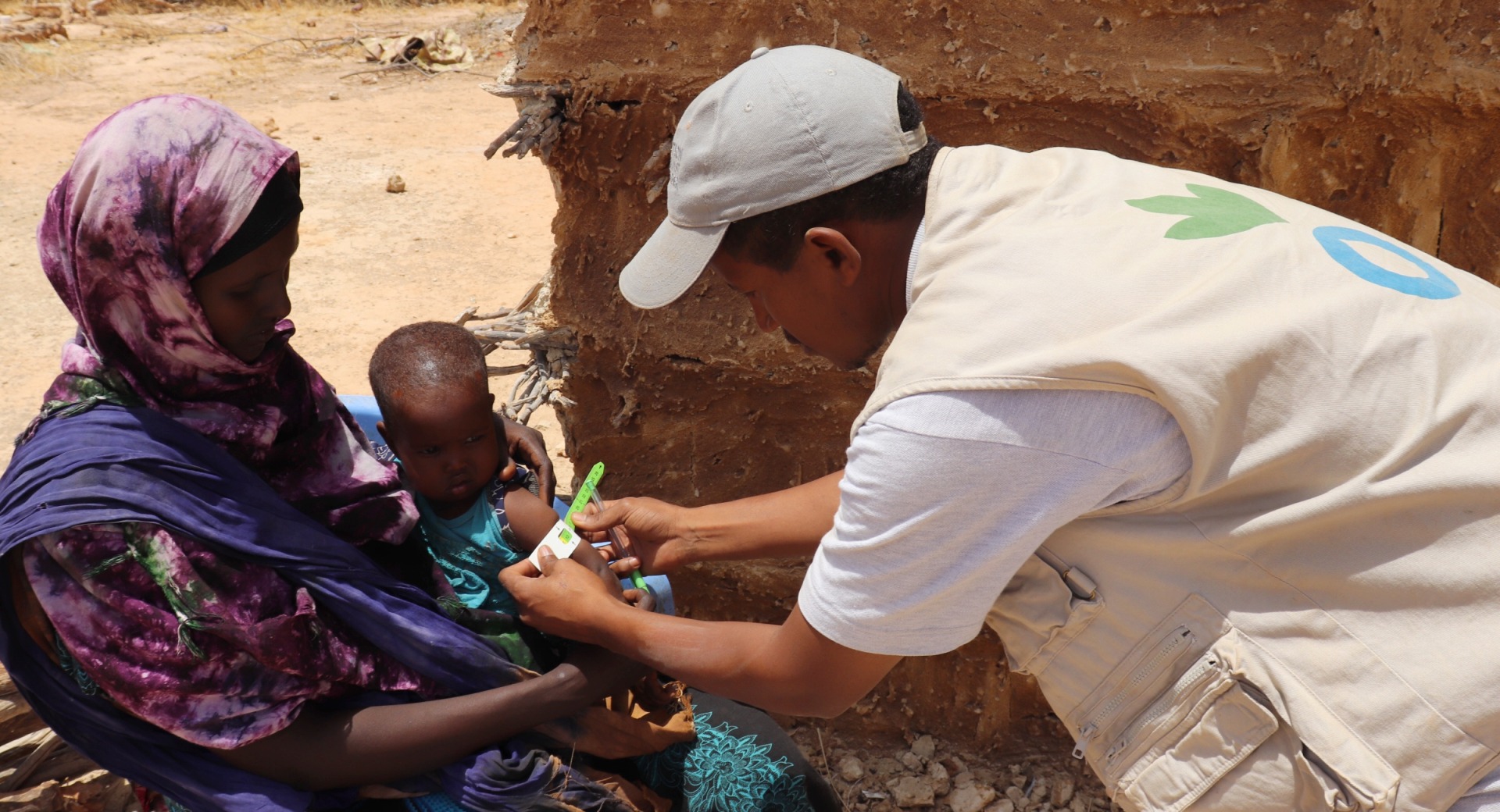
In rural Somalia, two of Makaay’s children live with albinism, which carries a stigma in the community. Additionally, it's a dangerous, long journey to walk to the nearest health center under the blazing sun.
We have access to community health workers, who have been of much help, as they can diagnose various illnesses and treat some of them at your doorstep. They regularly do door to door visits serving the village children.”
— Makaay Mohamed Keyr
Action Against Hunger runs a program that taps a network of trained community health workers to reach more families, educating them about preventable illnesses, and treating children, too.
For marginalized communities – those kept out of traditional life – building trust through community engagement goes a long way.
Learn MoreHunger is predictable, preventable, and treatable. But to end hunger, we must first understand and navigate challenging issues that perpetuate the global hunger crisis.


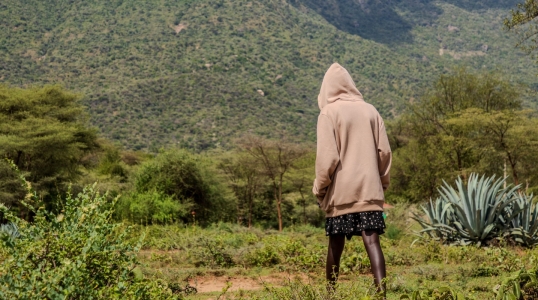
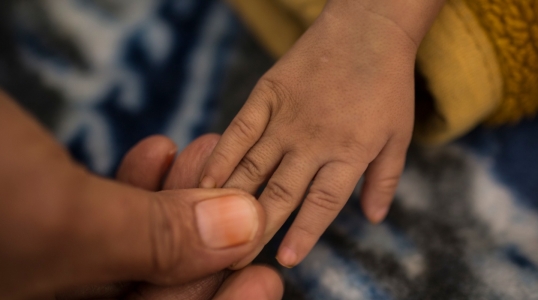
Join our community of supporters passionate about ending world hunger.